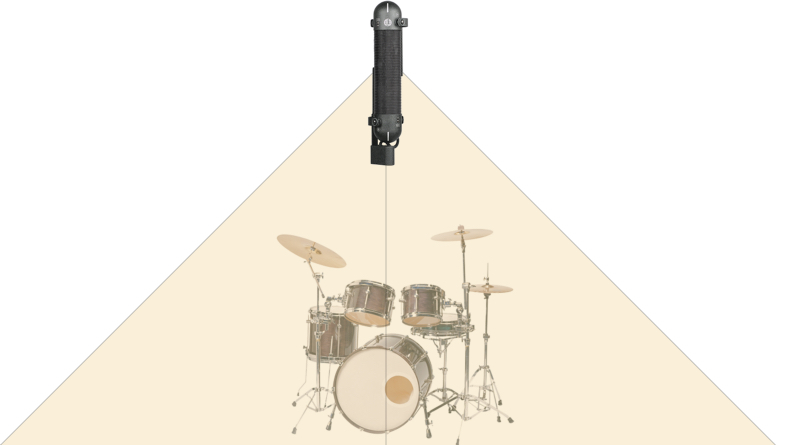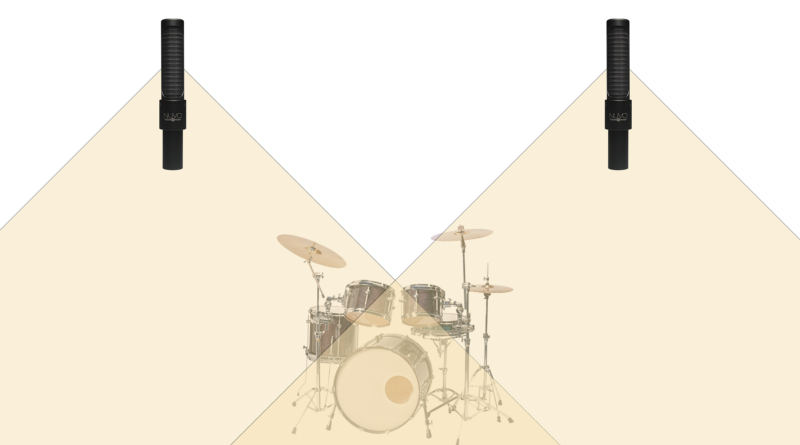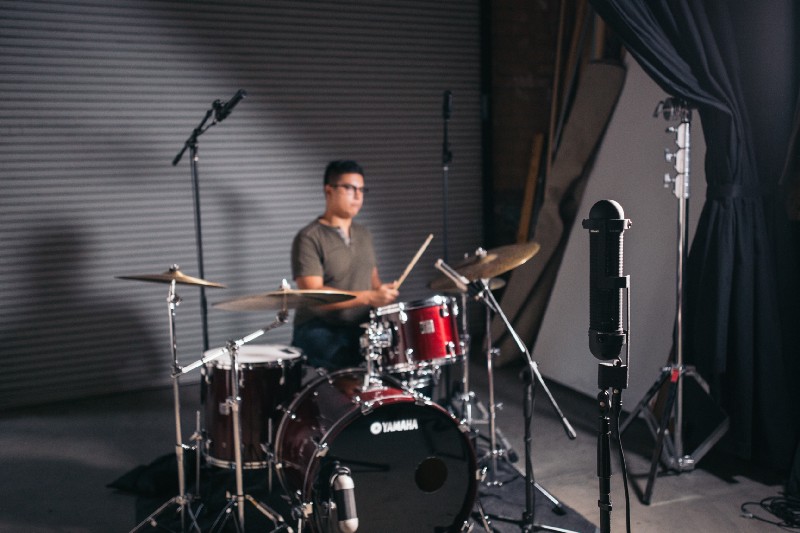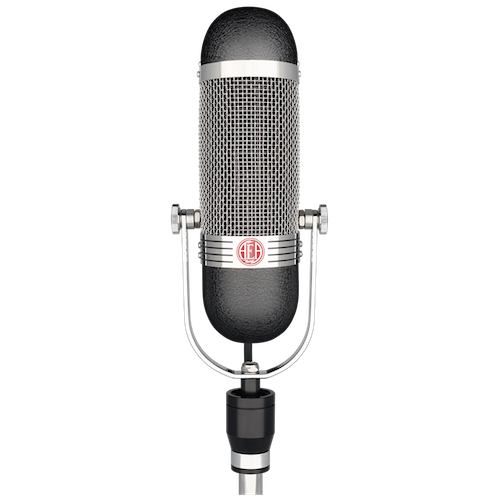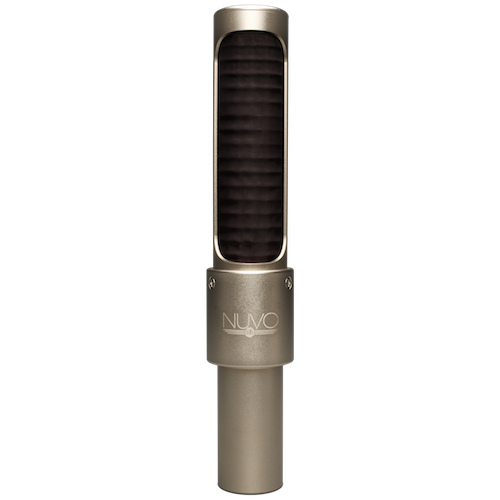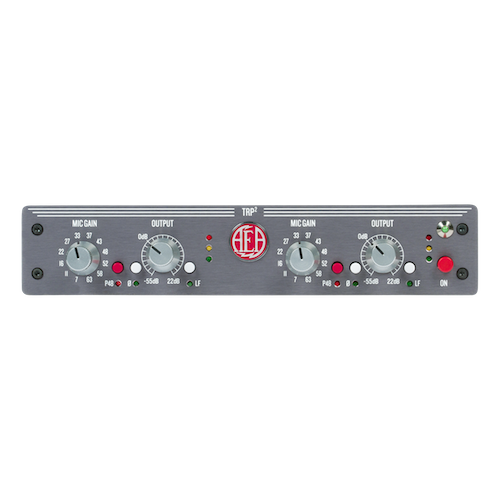When using a pair of microphones to record stereo, engineers often face a bewildering series of choices. Which method should be used? There’s the Blumlein pair (or X/Y); spaced pair (or A/B); ORTF; mid-side (or M/S) and dozens of other methods. All result in stereo sound. But which works best for a given application?
On the surface, most stereo recording uses two microphones to simultaneously record a sound. Each microphone’s mono signal is assigned to the left or right audio track to create a sense of space in the recording. This spaciousness comes from the very slight deviations between timing and frequency balance in the two channels.
The timing differs because the two mics are placed at different locations, resulting in the sound reaching the mics milliseconds apart. The frequency deviation is generated when the location of each mic picks up a slight difference in the sound’s frequency. Both phenomena create very minor variances that add a sense of space to the recording.
The choice of how to make a stereo recording depends on what content is being captured and what the requirements and end uses are for the finished audio. Two of the most popular methods to utilize ribbons on drum overheads and room are Blumlein and spaced pair techniques.



